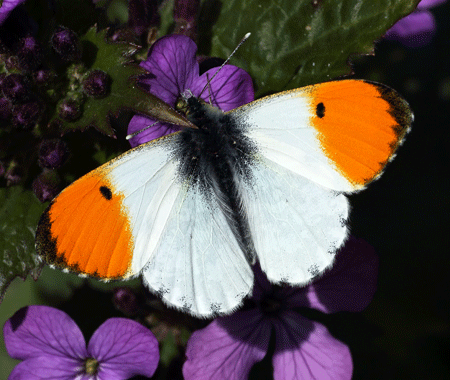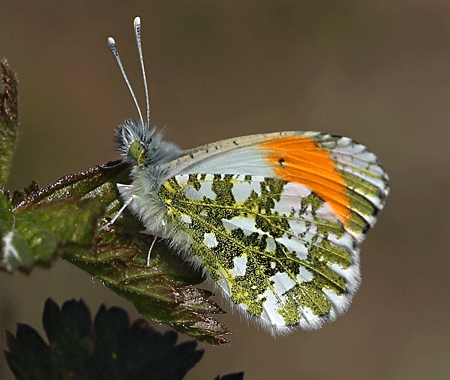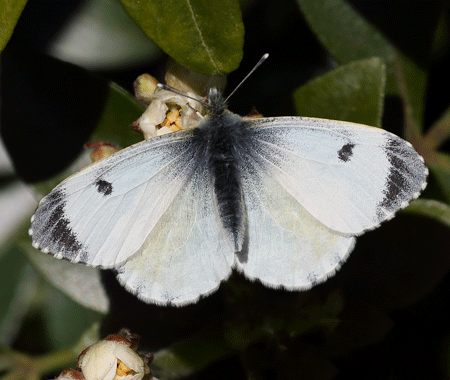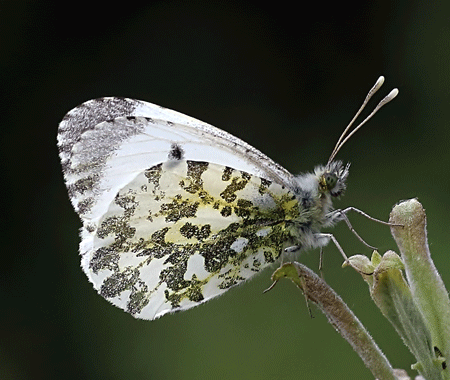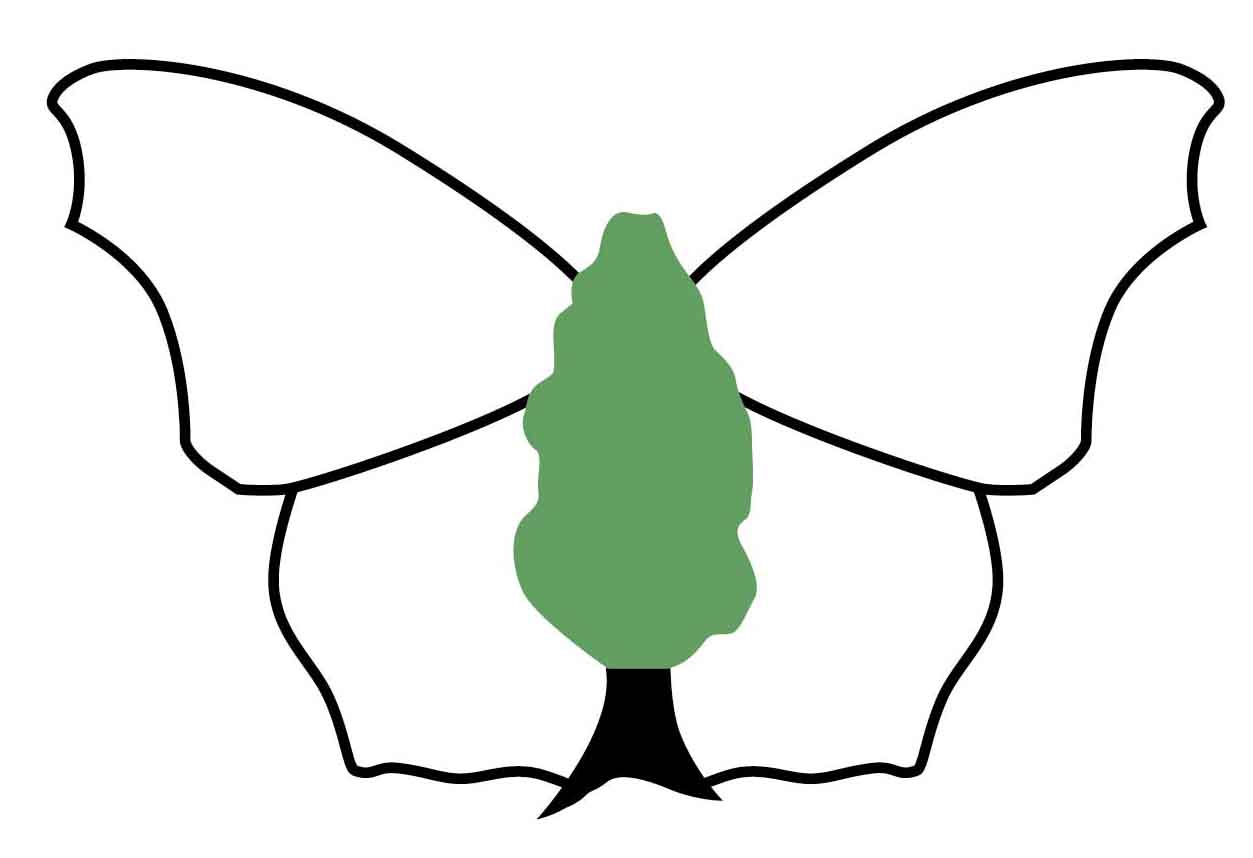 | Butterfly Conservation Saving butterflies, moths and our environment | Upper Thames Branch | 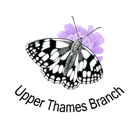 |
Orange-tip (Anthocharis cardamines) | |||||||||
| Description | |||||||||
| Wing span: 43-51 mm. The Orange-tip is one of the first species to appear that has not spent the winter as an adult. The male has the bright orange fore-wings tips that gives this butterfly its name; these are absent in the female. Both sexes have an intricate underside pattern of green blotches formed by a combination of yellow and black scales. When at rest on a flower head of the larval food plant this butterfly so well camouflaged that it can easily be missed. It is found throughout most of Britain. It has a wide range of habitats which include country lanes, hedgerows, riverbanks, woodland margins and rides, and damp meadows. It will also turn up in gardens. | |||||||||
| Images (click to enlarge) | |||||||||
| |||||||||
| Life Cycle | |||||||||
| There is a single brood each year, with adults flying from the beginning of April, through May and into June. The pupa is the over-wintering stage. | |||||||||
| Larval Foodplants | |||||||||
| The main larval food plants are Cuckooflower (Cardamine pratensis) and Garlic Mustard (Alliaria petiolata). | |||||||||
| Nectar Sources | |||||||||
| Adults take nectar from flowers such as Garlic Mustard, Cuckooflower and Bluebell. | |||||||||
| UK Conservation Status | |||||||||
| Least Concern | |||||||||
| Earliest UTB first sighting (since 2004) : 27th February | |||||||||
| Mean UTB first sighting (since 2004) : 28th March | |||||||||
| Distribution and Sites | |||||||||
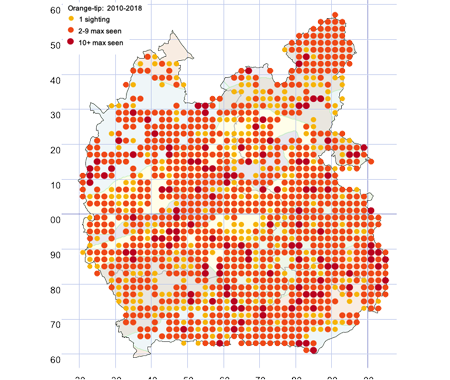 Key |
| ||||||||
| Related Species | |||||||||
| |||||||||
Copyright © Butterfly Conservation Upper Thames Branch 2024
Privacy and Copyright Statement
Butterfly Conservation : Company limited by guarantee, registered in England (2206468)
Registered Office: Manor Yard, East Lulworth, Wareham, Dorset, BH20 5QP, Tel: 01929 400 209
Charity registered in England & Wales (254937) and in Scotland (SCO39268)
Privacy and Copyright Statement
Butterfly Conservation : Company limited by guarantee, registered in England (2206468)
Registered Office: Manor Yard, East Lulworth, Wareham, Dorset, BH20 5QP, Tel: 01929 400 209
Charity registered in England & Wales (254937) and in Scotland (SCO39268)

